Jaundice Conjugation: Diagnosis, Causes, Treatment
Jaundice is not an independent ailment, it is only a symptom of some pathologies. In many cases, it can be physiological, that is, unrelated to any disease( in newborns).The cause of this condition is an increase in the blood of bilirubin, which gives the icteric color to the skin, mucous membranes and sclera.
Jaundice: Species
This condition is inextricably linked with the content of bilirubin in the blood. However, the reasons for its increase may be different. In some cases, the establishment of a cause allows one to suspect a pathology in the body, which requires immediate treatment. Depending on the variant of bilirubin metabolism disturbance, several types of jaundice can be distinguished:
- Jaundice conjugation, which is a consequence of impaired bilirubin binding. It occurs in newborns.
- Parenchymal jaundice, which develops in a number of liver pathologies. The defeat of the parenchyma of this organ( death of functional cells - hepatocytes) makes it impossible to capture bilirubin and its further exchange.
- Obturation jaundice, which occurs when the outflow of bile. It is associated with diseases that contribute to the closure or narrowing of the lumen of the bile duct. This phenomenon occurs in cholelithiasis or tumor formation.
- Hemolytic jaundice is a pathology associated with the breakdown of red blood cells. Bilirubin is a pigment that occurs during the breakdown of hemoglobin, so an increased lysis of red blood cells leads to an increase in its level.
- Nuclear jaundice is an independent and most dangerous species. Occurs in the event that the fetus was exposed to hypoxia during development or asphyxia during labor. Also, the cause may be infection in a pregnant woman. The danger is that the pigment accumulates in the nerve cells of the brain, which leads to various neurological disorders and can even lead to a lethal outcome.
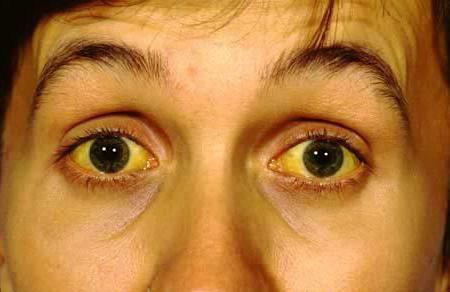
Conjugation jaundice in newborns
Jaundice occurring in newborns is physiological, since it is not associated with a pathological process. It develops, as a rule, 3-5 days after birth. Normally, red blood cells are subject to constant renewal, which is accompanied by hemolysis - their destruction. In adults, the liver is completely formed, so bilirubin, which is released during the decay of these cells, has time to bind and does not accumulate in the blood.
The clinical picture in infants is associated with intensive red blood cell renewal and relative liver insufficiency. This organ is not yet fully formed, especially such jaundice occurs in premature infants. Bilirubin begins to accumulate in the blood, and then accumulates in the skin and mucous membranes, giving them a characteristic coloration. The peak falls on the third-fifth day. Then these symptoms pass, as the exchange of bilirubin gradually normalizes.
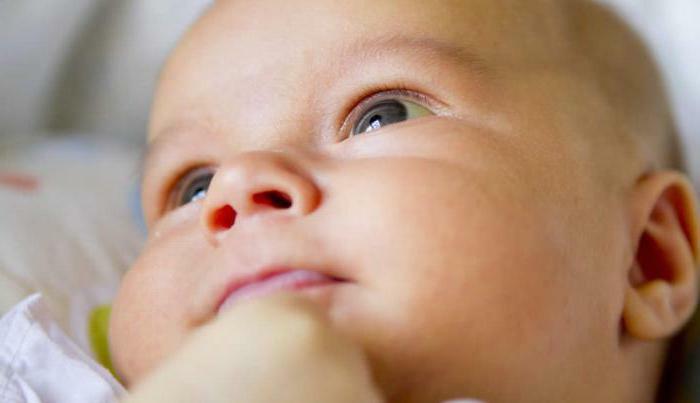
What is this state?
Conjugation jaundice( ICD-10) is not separately identified in the international classification. It has the P59.0 encoding as neonatal jaundice, which is the result of premature delivery, and is associated with hyperbilirubinemia. This process is described in more detail above.
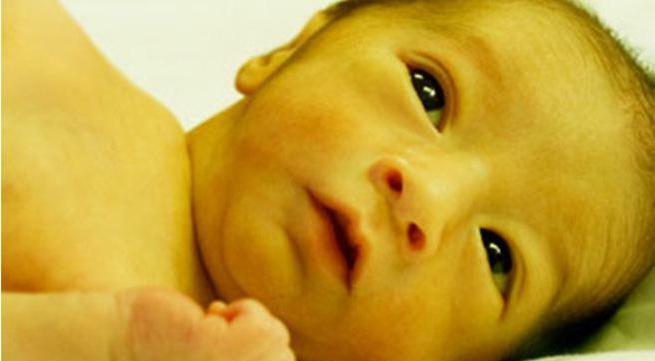
Conjugation form of the disease occurs more often in children. This is transient jaundice in newborns, as well as a condition that develops in preterm infants and children who have undergone asphyxiation. The causes of the problem are often endocrine pathology and heredity( for example, the syndromes of Lucea-Driscopa and Gilbert).The same group includes medication jaundice.
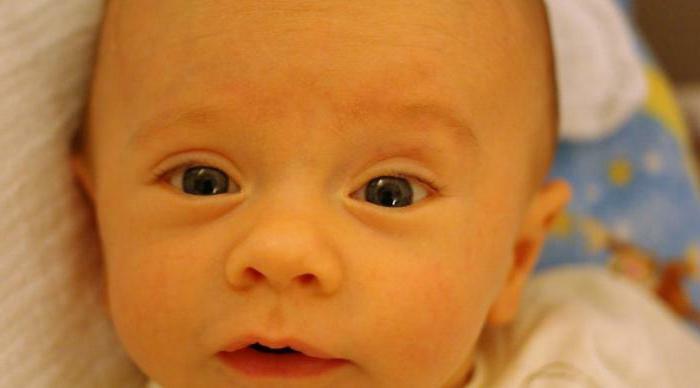
What is bilirubin?
This name was obtained by the pigment, which is the product of the decomposition of hemoglobin. At a certain concentration, it leads to the staining of the skin and mucous membranes. The level of bilirubin is the most important diagnostic criterion, as its increase allows us to identify any pathological process and start treatment. The amount of pigment reflects the state of the liver and biliary tract.
In the body, bilirubin occurs in two forms - direct and indirect. The first is the product of the transformation of the second. Indirect bilirubin is toxic and absorbed by fats. It is not excreted from the body. If the metabolism is disturbed, this form can accumulate, having a toxic effect on the body. Normally it turns into direct non-toxic bilirubin. Jaundice conjugation occurs due to a violation of its metabolism.
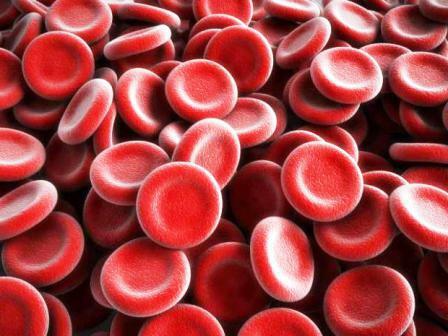
Exchange of bilirubin
The source of this pigment is hemoglobin, the main component of red blood cells. In the decay of red blood cells, hemoglobin is released and is cleaved. This process is carried out by macrophages in specialized organs( bone marrow, liver and spleen).As a result of the cleavage, heme and globin are formed. The first is transformed into biliverdin, the precursor of indirect bilirubin. Its formation from biliverdin is associated with the activity of special enzymes, among them - cytochrome P-450, hemoxygenase. Further indirect bilirubin is sent to the liver cells, where it binds to glucuronic acid. Thus, direct bilirubin is formed, which accumulates in the gallbladder, and then is excreted into the duodenum. Intestinal microflora contributes to its recovery to urobilinogen. Its part is susceptible to absorption, the residues are transformed into sterocobilinogen and are excreted with feces, giving it a characteristic coloration.
Laboratory tests may show that bilirubin is elevated. What means? An increase in its level may be associated with any disease, so an early diagnostic examination is required. The physiological increase in the level of bilirubin is observed in newborns.
Clinical picture of
Despite the fact that the increase in bilirubin is characteristic of newborns, clinical manifestations are not fixed by all. The symptom of this condition is the appearance of icteric color. It is detected not only on the skin, but also on the mucous membranes. Physiological jaundice of conjugation passes without a trace, but if this does not happen, one should suspect a pathology.
Diagnosis
Jaundice can be not only a physiological condition, but also a symptom of a disease. If the child has a specific coloration of the skin and mucous membranes, he needs constant observation from the pediatrician. Also in such cases it is necessary to control the level of bilirubin. As a rule, in the first days of life, its amount reaches 60 μmol / l, but no more. Further, this level rises( for 3-7 days).
Usually, the increase in bilirubin is safe and does not have a toxic effect on the baby's body, however this level should not exceed the so-called boundary value of 205 μmol / l. Bilirubin increased - what does this change mean? Jaundice is pathological and requires urgent treatment. If this index is within the norm, but jaundice does not pass a long time, it is considered to be conjugation, that is, it is the reason for the immaturity of the enzyme systems of the liver.
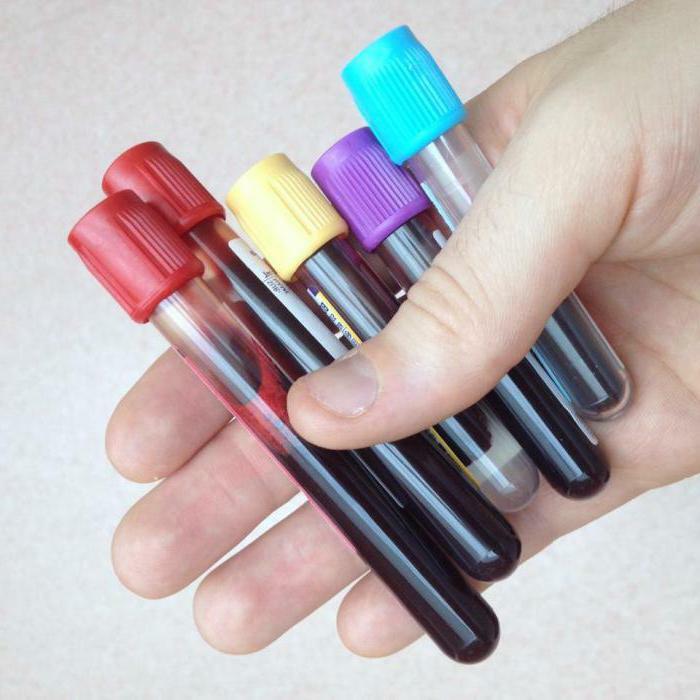
Treatment of conjunctive jaundice
After the examination it is determined whether jaundice is physiological or pathological. The first does not require any treatment and ends on its own and without a trace. Prolonged jaundice( conjugation) also passes by itself, when the enzyme systems of the liver finally ripen. However, if the amount of bilirubin exceeds the critical level, pathology should be identified. It can be viral hepatitis, bile duct obstruction or hemolytic jaundice.
Viral hepatitis
Such a pathology can be transmitted to a child from an infected mother. As a result, the baby is born with hepatitis of viral nature. The effect of the virus in the early stages of intrauterine development may additionally lead to physical abnormalities. A feature of the disease, in contrast to hepatitis in adults, is the most severe course. Pathology can manifest itself before the onset of jaundice. Often there is an increase in temperature, a worsening of appetite and small catarrhal phenomena. In a number of cases, the pre-jaundiced period in infants is asymptomatic.
It is possible to suspect the presence of hepatitis by detecting a change in the color of urine and feces. A clinical blood test is characterized by a decrease in the level of leukocytes and the rate of erythrocyte sedimentation. Monocytes are slightly increased. With icteric form there is a significant increase in bilirubin and thymol test. For early diagnosis of the disease, a study is made of the activity of liver enzymes. The severity of the process is indicated by a sharp decrease in prothrombin and an increase in ammonia.
Children are treated, as a rule, in a hospital. Therapy combines antiviral drugs, hepatoprotectors, vitamins, as well as cholagogue. It is recommended to conduct detoxification therapy. Among non-pharmacological methods that complement pharmacotherapy, bed rest and rest are needed.
Hemolitic icterus
This pathology associated with hemolysis of red blood cells is very dangerous. The reason is the discrepancy between the Rh factor of the mother and the child, that is, the Rhesus-conflict. Pathology often leads to death - the mortality rate is 60-80%.In addition, the presence of Rh-conflict can lead to spontaneous miscarriage.
Prevention of
Preventing jaundice helps to maintain pregnancy and breastfeeding, and regular check-ups by the pediatrician are also necessary. If jaundice of premature babies still developed, regular monitoring of the level of bilirubin in the blood is necessary.

Patients with jaundice differ in the characteristic coloration of the skin and mucous membranes. This symptom can talk about the presence of the disease or reflect the physiological changes in the body( transient jaundice of newborns).
Conclusion
If jaundice is detected, the bilirubin level is immediately determined and further diagnostics are performed. Conjugation jaundice in newborns takes longer than transient, but it is also safe. The specialist should calm the parents and prescribe a survey. As a rule, no complications are observed.
